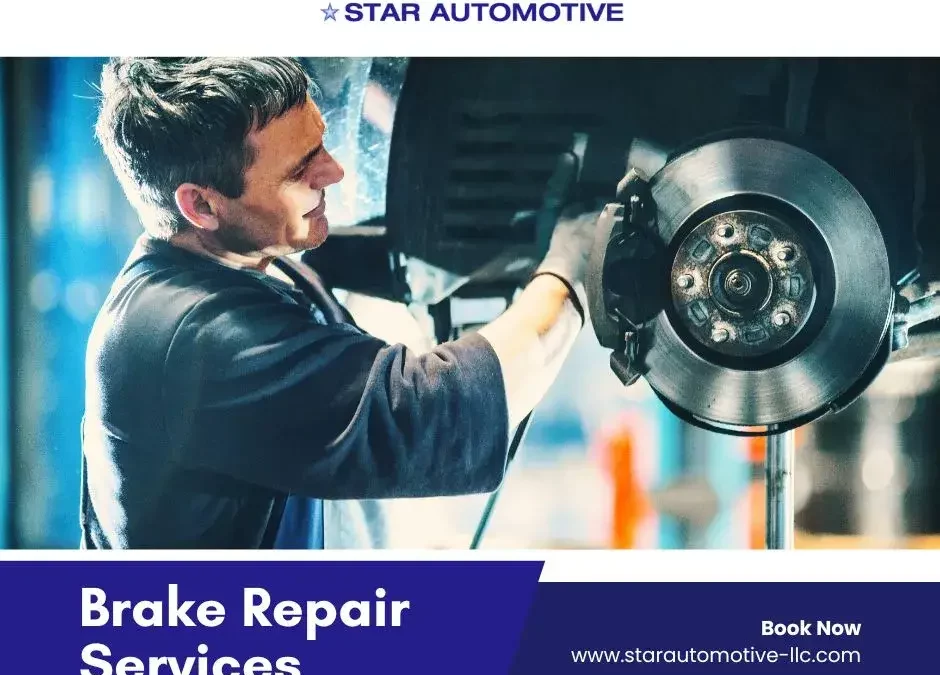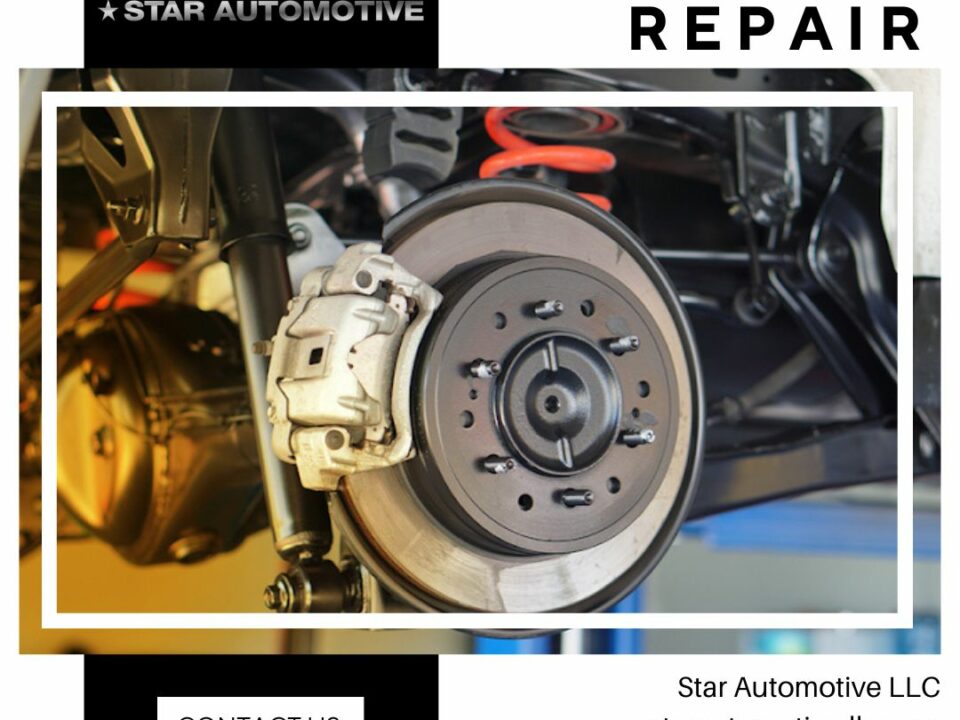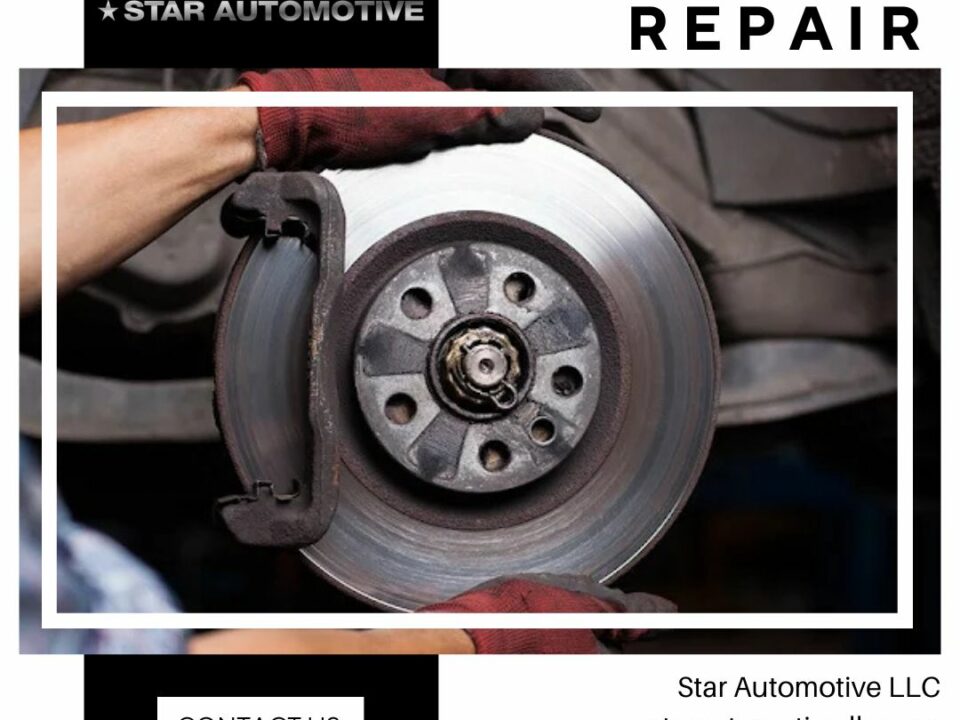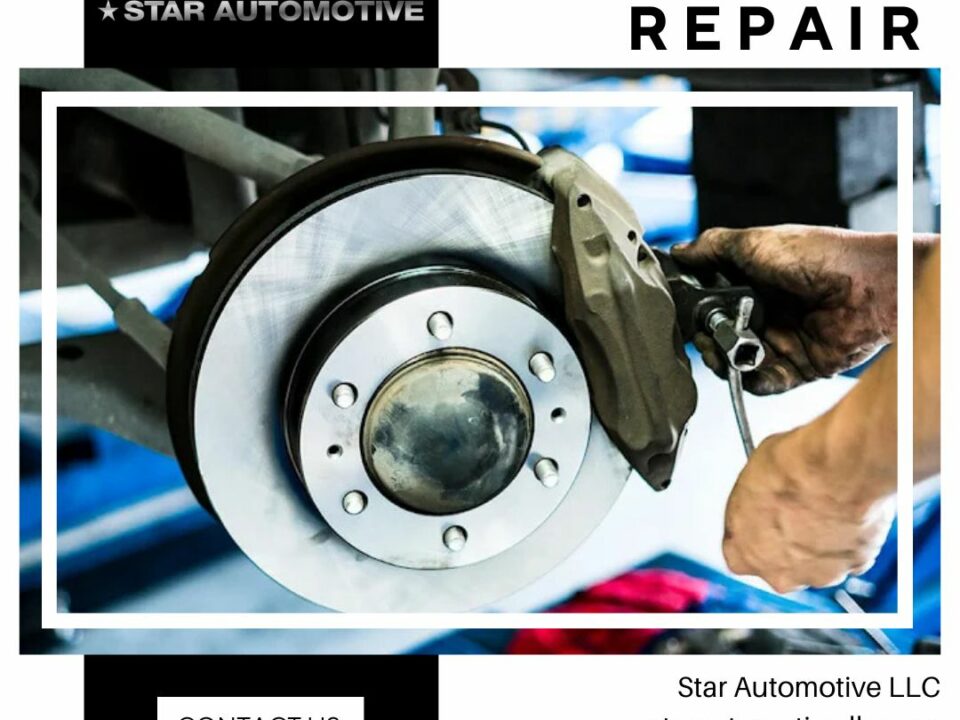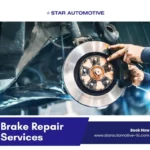
How to Identify Brake Problems and When to Seek Brake Repair
February 21, 2025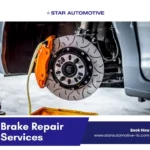
Brake System Warning Signs: When Is Brake Repair Necessary?
February 21, 2025The braking system is one of the most critical safety components in any vehicle, ensuring reliable stopping power and control. For owners of Asian vehicles like Toyota, Honda, and Lexus, understanding the role of brake pads and rotors in brake repair and maintenance is essential for keeping their cars in peak condition. Regular maintenance of these components enhances performance, prolongs their lifespan, and prevents costly repairs. According to the National Highway Traffic Safety Administration (NHTSA), well-maintained brakes can reduce the risk of brake failure-related accidents by up to 25%. Experts recommend checking brake pads and rotors at least every 12,000 miles to ensure optimal safety and performance. This article explores how brake pads and rotors function, common signs of wear, and best practices for maintenance.
Understanding Brake Pads and Rotors
Brake pads and rotors work together to slow and stop a vehicle by generating friction. As the brake pads press against the rotors, the resulting friction converts kinetic energy into heat, which must be effectively dissipated to prevent brake fade. High-performance rotors, such as vented or slotted types, are specifically designed to enhance heat dissipation, ensuring consistent braking performance even under heavy use. When you press the brake pedal, hydraulic pressure activates the brake calipers, which then press the brake pads against the rotors. This friction generates the stopping force needed to bring the car to a halt.
Brake Pads: Function and Types
Brake pads are designed to provide maximum friction while minimizing wear on the rotors. They are typically made from different materials, including:
- Ceramic Pads: Offer durability, quieter operation, and reduced dust production. Commonly used in Asian vehicles for their longevity.
- Semi-Metallic Pads: Provide excellent stopping power but tend to produce more noise and dust.
- Organic Pads: Made from natural materials, these are softer and quieter but wear out faster than other types.
Rotors: Function and Types
Rotors are metal discs attached to each wheel, and their condition significantly affects braking efficiency. There are several types of rotors, including:
- Solid Rotors: Standard in many economy vehicles, providing reliable braking performance.
- Vented Rotors: Found in performance and larger vehicles, these rotors dissipate heat more effectively to prevent brake fade.
- Drilled or Slotted Rotors: Designed for high-performance applications, improving heat dissipation and braking in wet conditions.
Signs of Wear and When to Seek Brake Repair
Regular brake inspections can prevent major safety issues. Here are common warning signs that indicate your brake pads or rotors may need servicing:
- Squeaking or Grinding Noises: A high-pitched squeal means brake pads are worn, while grinding noises suggest metal-on-metal contact, requiring immediate attention.
- Vibrations When Braking: If you feel pulsations or vibrations in the brake pedal, it may indicate warped rotors.
- Longer Stopping Distances: If your vehicle takes longer to stop, worn-out pads or damaged rotors could be the cause.
- Brake Warning Light: Modern Asian vehicles feature dashboard indicators that alert drivers when brake components need servicing.
Best Practices for Brake Repair and Maintenance
Keeping your brake system in optimal condition requires proactive maintenance, including:
- Cleaning Brake Components: Regularly clean brake pads and rotors to prevent dust buildup, which can reduce braking efficiency and cause premature wear.
- Routine Inspections: Have your brakes checked every 12,000 to 15,000 miles to assess pad thickness and rotor condition.
- Timely Replacements: Replace brake pads when they reach 3-4mm thickness to prevent damage to the rotors.
- Brake Fluid Maintenance: Flush and replace brake fluid every 2-3 years to maintain hydraulic efficiency.
- Driving Habits: Avoid sudden, aggressive braking to reduce wear on brake components.
Brake pads and rotors play an integral role in vehicle safety and performance. Recognizing early signs of wear and following best maintenance practices ensures smooth and efficient braking. To maintain optimal safety and performance, schedule regular brake inspections with a trusted mechanic and address any issues before they become costly repairs. If you experience unusual noises, vibrations, or reduced braking efficiency, schedule a professional brake repair service to keep your Asian vehicle performing at its best. Prioritizing brake maintenance not only extends component lifespan but also enhances overall driving safety.

